From major brands (hello, LVMH!) to leading venture capitalists to huge public figures (including Paris Hilton) — it seems like most of the world is getting involved with NFTs. But it can be a little harder for mainstream investors like yourself to get involved when you don’t have the money to go straight for the most expensive assets or dozens of financial professionals helping you navigate these uncharted waters. We put together this guide to help DIY investors decipher the details when it comes to NFTs. Keep reading to learn everything you need to know to get started with investing in NFTs.
Exploring Non-Fungible Tokens: The Cryptocurrency Phenomenon Taking the World by Storm
The term NFT is the acronym for “non-fungible token.”
When an asset is described as non-fungible, it implies that it’s distinct and cannot be replaced with any other piece. This unique characteristic is the fundamental definition of NFTs. Each NFT is an exceptional token, symbolizing a completely unique digital asset. These flexible, traceable tokens are stored on blockchain technology. Blockchains are decentralized databases that log transactions, making it challenging to manipulate or defraud the system without the supervision of an authoritative body or agency. As of now, the Ethereum blockchain is the predominant platform for most NFTs.
So, what constitutes these special digital assets? They could be virtually anything. Currently, the most prevalent NFTs are digital artworks, embodied in the form of image files. A high-profile example of an NFT is Beeple’s artwork titled ‘Everydays: The First 5000 Days,’ which fetched a staggering $69 million at an auction hosted by Christie’s in 2021.
Just about any digital content that can be tokenized can be converted (in a process known as “minting”) and sold as an NFT. This includes, but is not limited to, digital drawings, photos, memes, gifs, audio segments, video clips, and even social media posts such as tweets.
Tracing the Evolution of Non-Fungible Tokens
Although the recent surge in popularity of Non-Fungible Tokens (NFTs) might give the impression that they are a new phenomenon, they have been around for quite some time.
The genesis of NFTs can be traced back to 2014 when digital artist Kevin McCoy created what is now recognized as the pioneer NFT— a piece known as ‘Quantum.’ This significant piece of digital art was sold for a whopping sum of over $1M at Sotheby’s in 2021.
Between 2014 and 2016, visionaries and early adopters began exploring the possibilities of this novel medium. One of the key platforms that facilitated the creation of digital assets was Counterparty, an extension built on Bitcoin 2.0. The platform witnessed the rise of the Rare Pepes NFTs in 2016, sparking a global collecting frenzy.
In the ensuing years of 2017 and 2018, the NFT community witnessed a significant shift from Bitcoin to Ethereum. This period saw the rise of CryptoPunks, a series of 10,000 unique NFTs that heralded the emergence of NFT collections. CryptoPunks were followed by CryptoKitties, a blockchain-based game that allows players to breed, trade, and collect digital kittens, marking the debut of NFTs in the gaming industry.
The years 2019 and 2020 saw the steady ascent of NFTs in the gaming sphere, particularly in games such as Decentraland. This game, set in a virtual realm, offers players the opportunity to buy land and other assets represented as NFTs.
Fast forward to 2021 and beyond: NFTs have become a mainstream sensation. Numerous blockchains have launched NFT marketplaces as the purchasing fervor intensifies. The third quarter of 2021 alone recorded sales amounting to over $10B. Today, many enthusiasts and experts foresee the popularity of NFTs continuing to surge as we broaden our understanding of their potential applications in our daily lives.
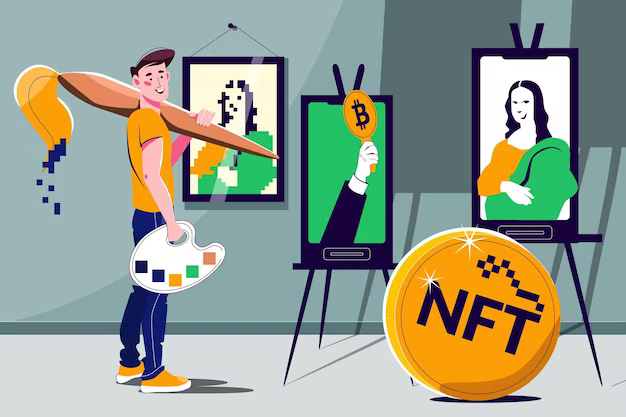
Navigating the Risky Terrain of NFT Investment
In the realm of NFTs, as with various other digital assets, one significant risk looms in the form of their inherent volatility. Similar to the conventional art market, an NFT valued at a substantial amount today might depreciate dramatically tomorrow. The market is currently being inundated with NFTs, and there are no foolproof indicators to predict their future worth accurately. Hence, prospective investments in NFTs are predominantly speculative at present, and any potential investor should be prepared to risk a potential loss.
Closely associated with the unpredictability of NFTs is their relative illiquidity. Presently, a majority of buyers perceive NFTs as collectables rather than as dynamic cryptocurrencies that can be readily converted into other forms of assets. This unique characteristic of NFTs can render them challenging to sell at a desired price, especially in comparison to more fungible assets like gold.
Another risk factor is the nascent and somewhat nebulously defined nature of NFTs. The entire industry is still in its infancy, and as a result, participants are continuously learning and adapting. It’s not uncommon for fraudulent activities to thrive in such environments, where innocent investors might fall prey to scams or get drawn into promising projects that, ultimately, fail to deliver on their commitments.
The Beginner’s Guide to Getting Started with Investing in NFTs
Now that you have a better understanding of what NFTs are and the potential benefits and risks of investing in them, let’s take a look at how you can get started as a DIY investor.
1. Choose Your Marketplace
The first step in investing in NFTs is choosing a marketplace to buy and sell them on. Some popular options include:
- OpenSea;
- Rarible;
- Nifty Gateway;
- SuperRare.
Each marketplace has its own unique features and offerings, so it’s important to do your research and choose one that best fits your needs and goals.
2. Connect a Crypto Wallet
In order to purchase NFTs, you will need to connect a crypto wallet to your chosen marketplace. This will allow you to store and transfer your NFTs securely. Some popular crypto wallets include MetaMask, Coinbase Wallet, and Trust Wallet.
3. Purchase an NFT
Once you have a crypto wallet connected, you can start browsing and purchasing NFTs on your chosen marketplace. It’s important to do your research and only invest in NFTs that you believe have long-term value and potential for growth.
4. Get a Wealth Tracker to Monitor NFTs, Crypto, DeFi, and Beyond
As with any investment, it’s important to track the performance of your NFTs and monitor the market. A wealth tracker like Mint or Personal Capital can help you keep tabs on your NFTs, as well as other investments such as cryptocurrency and decentralized finance (DeFi).
Conclusion
Non-Fungible Tokens (NFTs) have undeniably emerged as a transformative force in the digital asset landscape. As both a creative outlet and an investment vehicle, they’re poised to redefine how we perceive and interact with digital content. However, like any investment, NFTs come with their own set of risks and challenges.
While the potential for huge returns may be tantalizing, it’s essential for investors to approach the NFT market with a clear understanding of its volatility, illiquidity, and the potential for scams. Thorough research, careful planning, and measured risk-taking are crucial for navigating the thrilling, yet unpredictable, world of NFT investments.
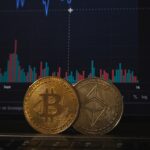


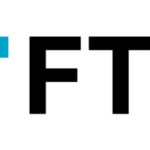

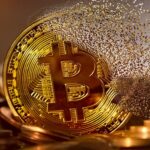

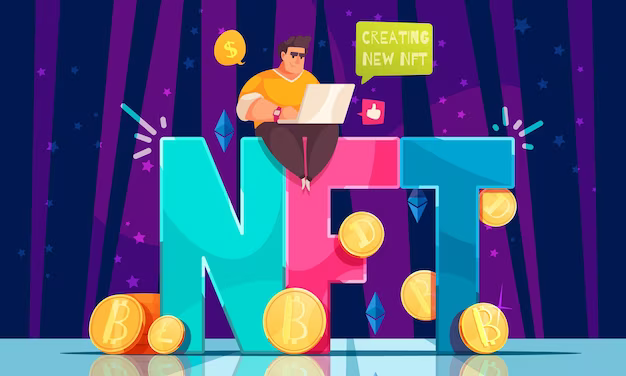
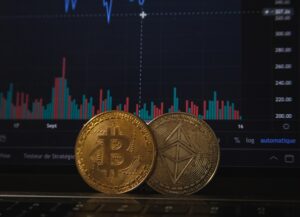



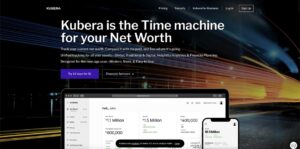
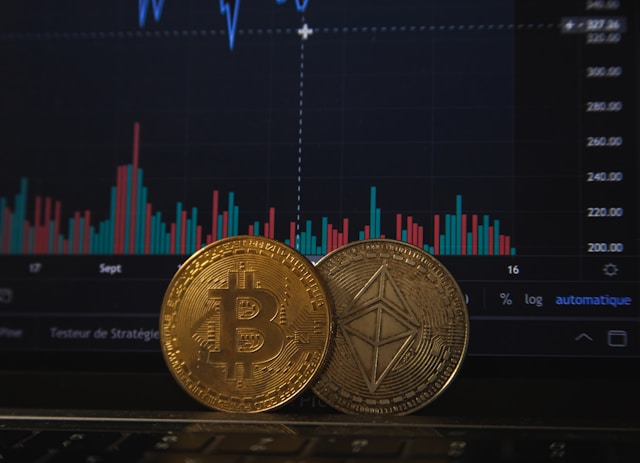
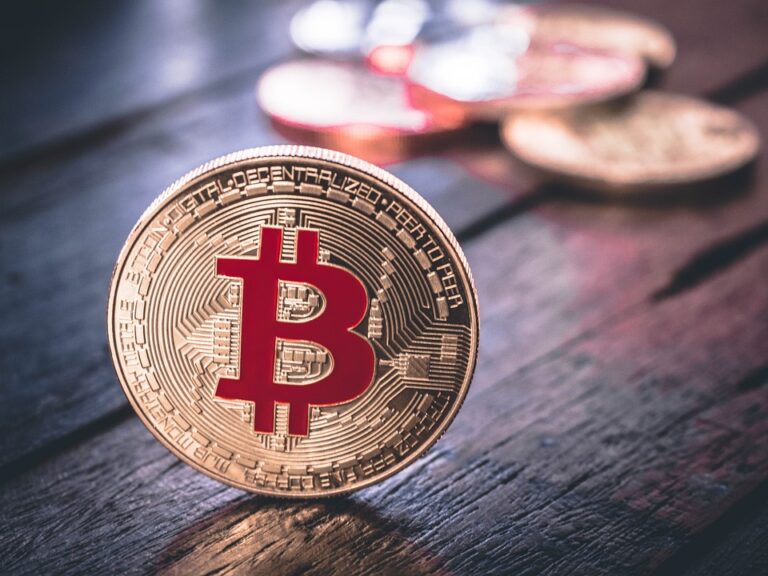

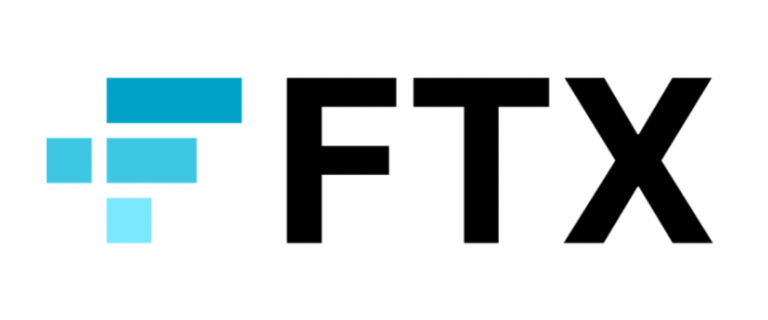
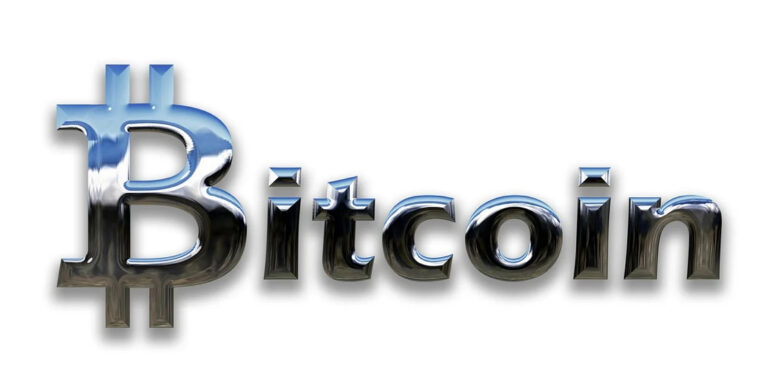
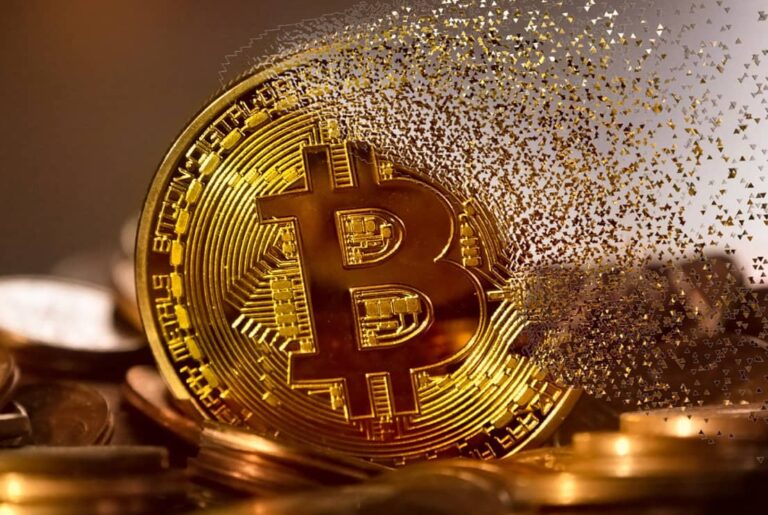
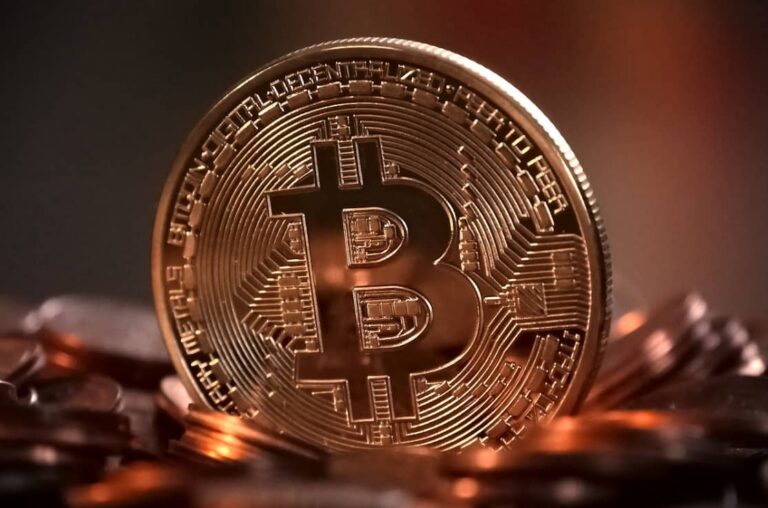
+ There are no comments
Add yours